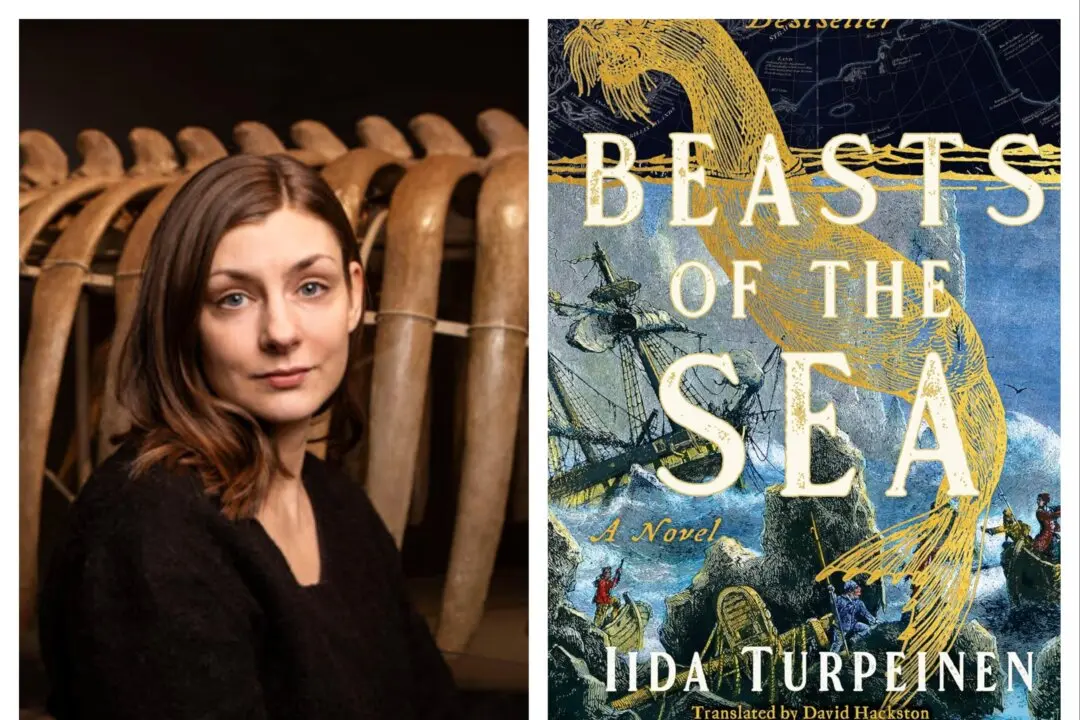The era of the Old West, or the Wild West, is given several dates. Though the start is typically claimed as 1865—the same year the Civil War concluded—the end varies from 1895 to 1900, with some suggesting as far as 1916 with the last stagecoach robbery. When Earl Bascom (1906–1995) was born, the Old West was either gone or on the verge of expiring. This fact, however, did not affect him or the Bascom family.
He was born in Vernal, Utah, but after the death of his mother when he was 6, his father, John Bascom, moved him and his four siblings to Canada. The move had profound effects on Earl and his brothers. The family settled in Alberta near the U.S.-Canada border in the town of Raymond, named after Ray Knight, who owned numerous ranches totaling nearly 1 million acres and was also a rodeo organizer. Four years before Bascom was born, Knight produced Canada’s first rodeo, earning him the moniker of “Father of the Canadian Rodeo.”






